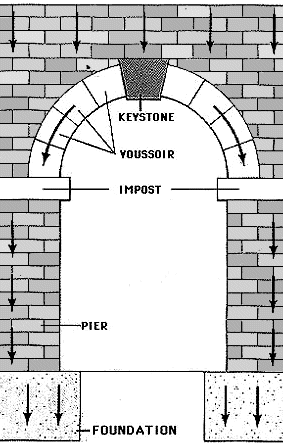 |
 |
 |
 |
 |
| Altermatt, Charles |
Anzora, Juan |
Dinh, Hung |
Mgimba, Thadeo |
Kurian, Boby |
The USCCB just released a feature page on the Priesthood Ordination Class of 2008. Their list is incomplete, (for example, neither of the new Dominicans are mentioned, nor the two new priests ordained 17 May at Redemptoris Mater Seminary in Denver), but it is interesting to look at who our new priests are.
One intriguing article in the USCCB collection is a list of quotes from the new ordinands. The whole list is a MS-Word doc (link below). After reading the article, I picked out a few interesting tidbits about these new priests:
People might be surprised to know that I…
Did not like to go to Mass as an adolescent because I found it boring.
Was always interested in the priesthood, but took a circuitous route by becoming a Low Vision Specialist in Optometry first.
As a small child I played Mass everyday with all the neighborhood kids yet often times I was the only Catholic who was present.
Was a marching band director and a driving instructor.
Played college football and was a quarterback.
Love to perform magic and juggling, and have been doing magic and juggling since I was 7 years old.
Have an identical twin who is an Anglican minister.
Served in the 3rd Infantry Division, Alpha Company 2nd Battalion, 7th Infantry.
Was a restless kid, very active in sports, always had a girlfriend, and didn’t consider the priesthood as a possibility for me until about a year before entering the seminary.
Was an underground diocesan seminarian for 7 years in Vietnam before I came to the U.S.
Served as a Naval Officer and helicopter pilot for ten years before entering the seminary.
Have a lifelong goal of backpacking the entire Appalachian Trail.
Attribute my vocation to many years serving at the altar in my home parish.
Congratulations to the Class of 2008!





















You must be logged in to post a comment.